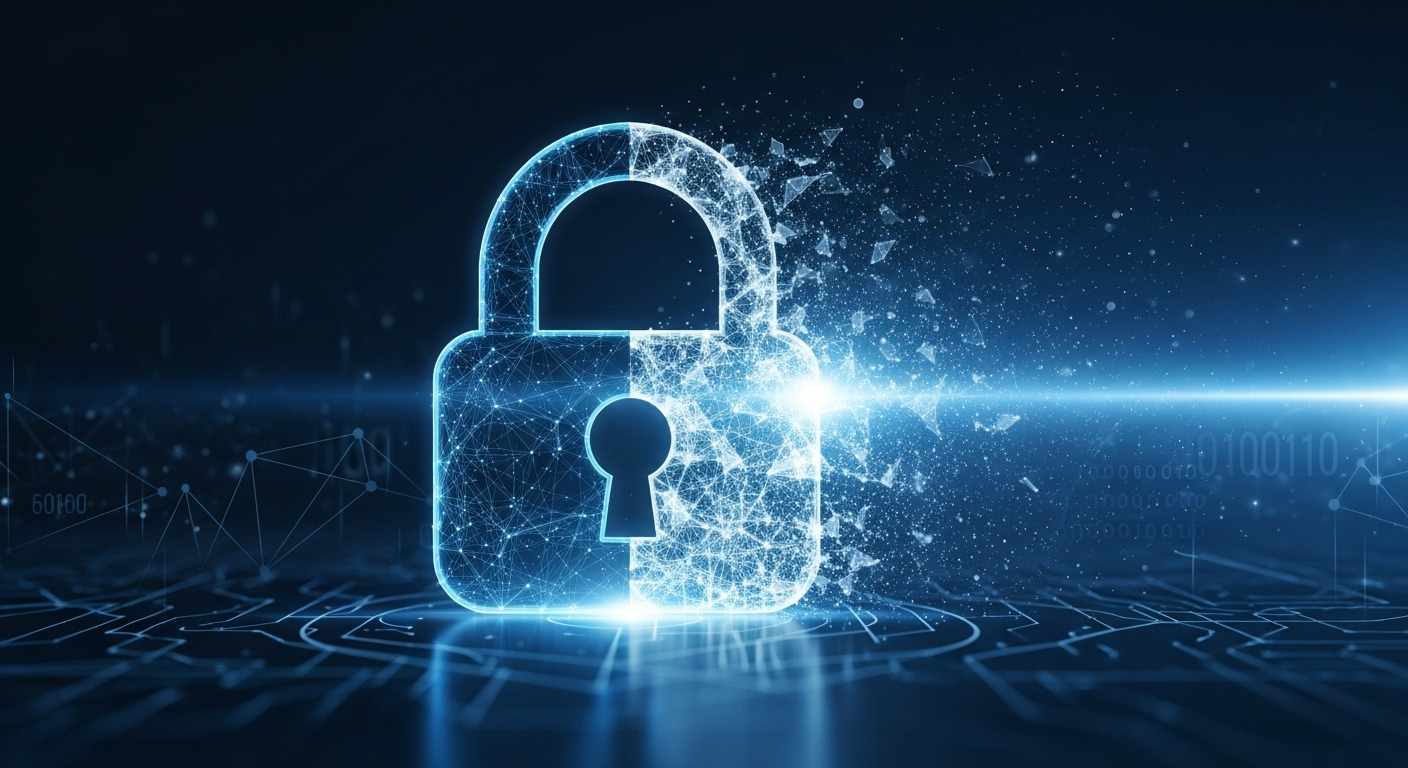Google’s Future of Data Protection: Cryptographic Erasure Explained
Protecting user data is a top priority at Google. To bolster this commitment, Google is transitioning to a more advanced method of media sanitization: cryptographic erasure. Starting in November 2025, Google will move away from traditional “brute force disk erase” methods, embracing a layered encryption strategy to safeguard user information.
The Limitations of Traditional Data Erasure
For nearly two decades, Google has relied on overwriting data as a primary means of media sanitization. While effective, this approach is becoming increasingly unsustainable. The sheer size and complexity of modern storage media make the traditional method slow and resource-intensive. As storage technology evolves, Google recognized the need for a more efficient and environmentally conscious solution.
Enter Cryptographic Erasure: A Smarter Approach
Cryptographic erasure offers a modern and efficient alternative. Since all user data within Google’s services is already protected by multiple layers of encryption, this method leverages existing security infrastructure. Instead of overwriting the entire drive, Google will securely delete the cryptographic keys used to encrypt the data. Once these keys are gone, the data becomes unreadable and unrecoverable.
This approach offers several key advantages:
- Speed and Efficiency: Cryptographic erasure is significantly faster than traditional overwriting methods.
- Industry Best Practices: The National Institute of Standards and Technology (NIST) recognizes cryptographic erasure as a valid sanitization technique.
- Enhanced Security: Google implements cryptographic erasure with multiple layers of security, employing a defense-in-depth strategy.
Enhanced Security Through Innovation
Google’s implementation of cryptographic erasure includes a “trust-but-verify” model. This involves independent verification mechanisms to ensure the permanent deletion of media encryption keys. Furthermore, secrets involved in this process, such as storage device keys, are protected with industry-leading security measures. Multiple key rotations further enhance the security of customer data through independent layers of trusted encryption.
Sustainability and the Circular Economy
The older “brute force disk erase” method had a significant environmental impact. Storage devices that failed verification were physically destroyed, leading to the disposal of a large number of devices annually. Cryptographic erasure promotes a more sustainable, circular economy by eliminating the need for physical destruction. This enables Google to reuse more hardware and recover valuable rare earth materials, such as neodymium magnets, from end-of-life media. This innovative magnet recovery process marks a significant step forward in sustainable manufacturing.
Google’s Commitment to Data Protection and Sustainability
Google has consistently advocated for practices that benefit users, the industry, and the environment. The transition to cryptographic erasure reflects this commitment. It allows Google to enhance security, align with the highest industry standards set forth by organizations such as the National Institute of Standards and Technology (NIST), and build a more sustainable future for its infrastructure. Cryptographic erasure ensures data protection while minimizing environmental impact and promoting responsible growth.
For more detailed information about encryption at rest, including encryption key management, refer to Google’s default encryption at rest security whitepaper. This document provides a comprehensive overview of Google’s data protection strategies.
Source: Cloud Blog


